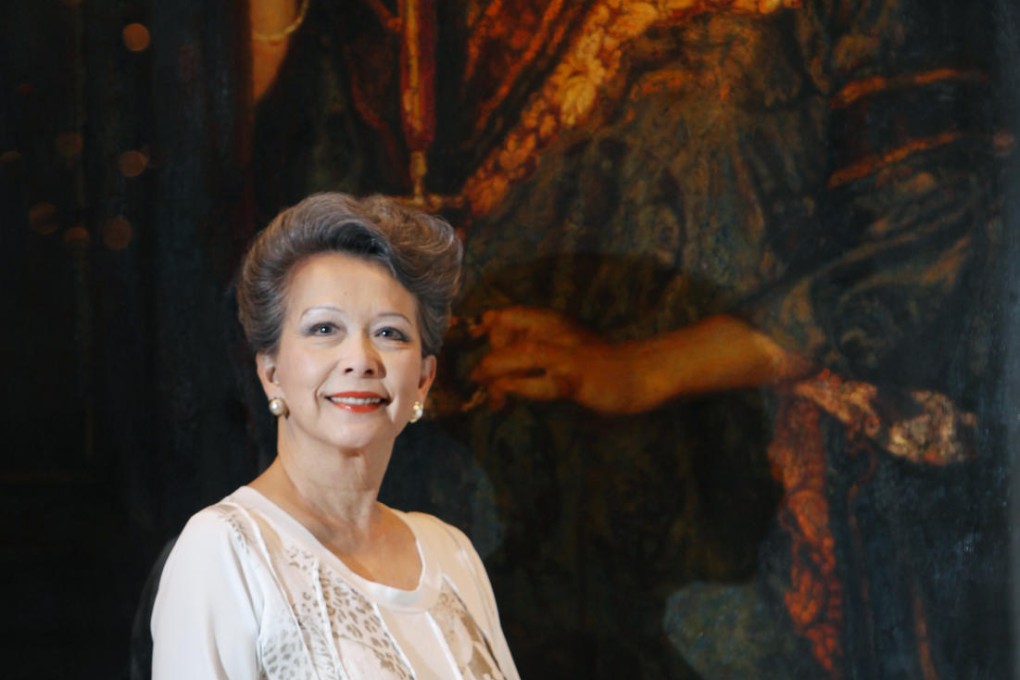How Lee family property play makes Causeway pay
A district now synonymous with teeming crowds of shoppers was a costly but winning bet for one of Hong Kong's most influential dynasties

Causeway Bay is better known for being home to some of the world's most expensive retail property than it is for being steeped in history.

It's hard to say whether patriarch Lee Leung-yik could have imagined all of that before he set sail across the Pacific Ocean from his ancestral village of Kaiping in Guangdong province, to San Francisco - then a frontier city - 123 years ago.
Emigration from Qing-era China was illegal, and he was already 49 years old.
"Times were difficult in China and my great-grandfather was looking to strike it rich in the California gold rush," says Vivienne Poy, Lee's great-granddaughter. "He wanted to make enough money to support the family back in Kaiping."
Speaking with the South China Morning Post, the historian-cum-fashion designer turned Canadian senator explains the family's history and heritage with great vitality. She retired from public service last year and now resides in Toronto.
The Lee bloodline can be traced as far back as 1122BC, to the reign of the Zhou dynasty. But it was Lee's voyage to the New World 3,000 years later that would mark a turning point for the family and pave the way to their founding of one of the city's most prominent family enterprises.